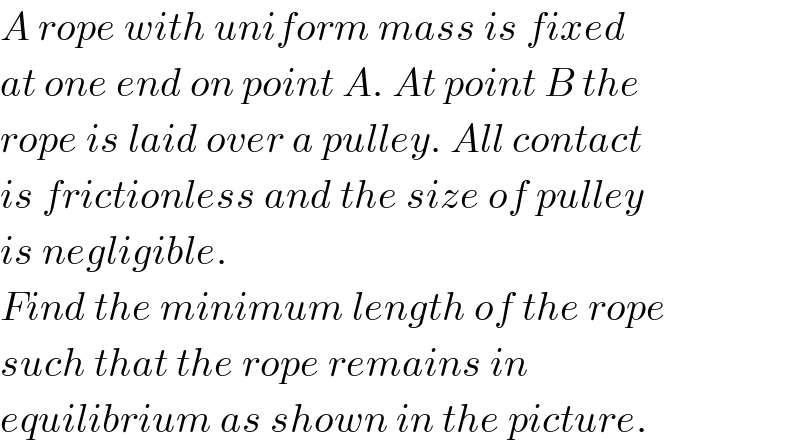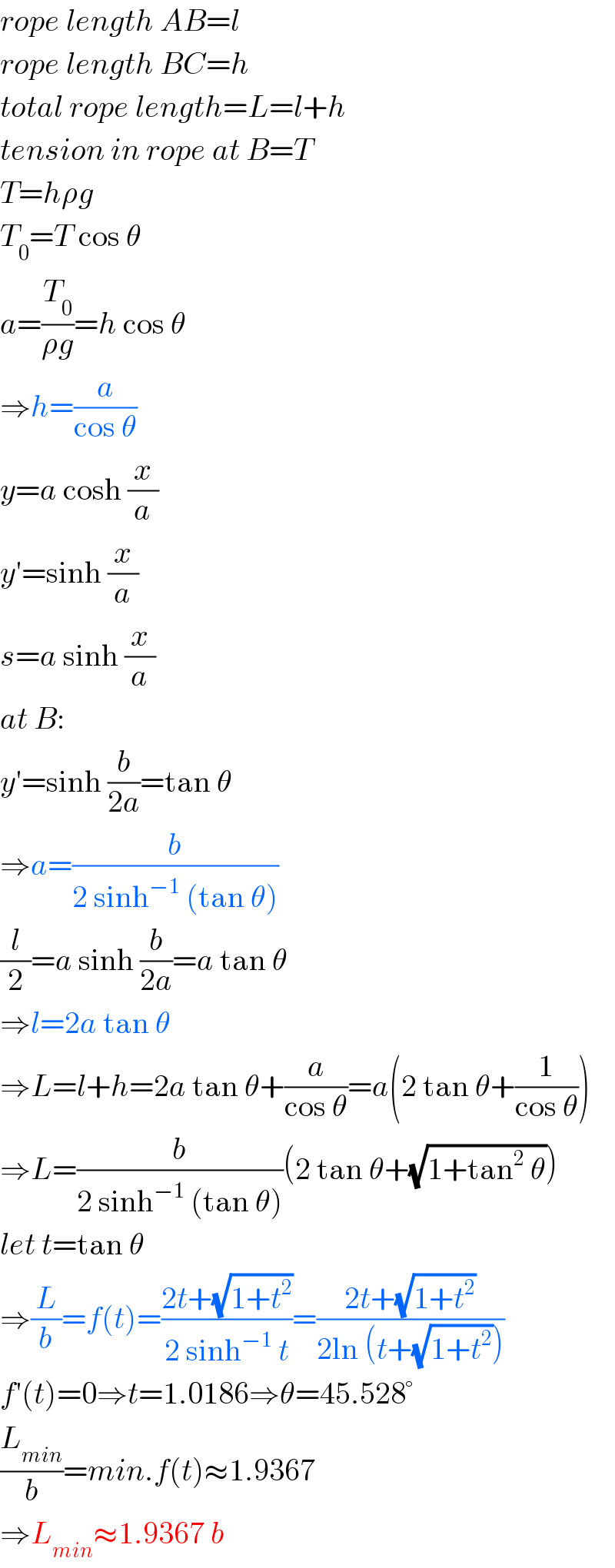
Question and Answers Forum
Question Number 51700 by mr W last updated on 29/Dec/18

Commented by mr W last updated on 29/Dec/18

Answered by mr W last updated on 30/Dec/18

Commented by mr W last updated on 30/Dec/18

Commented by ajfour last updated on 30/Dec/18

Commented by ajfour last updated on 30/Dec/18

Commented by mr W last updated on 30/Dec/18

